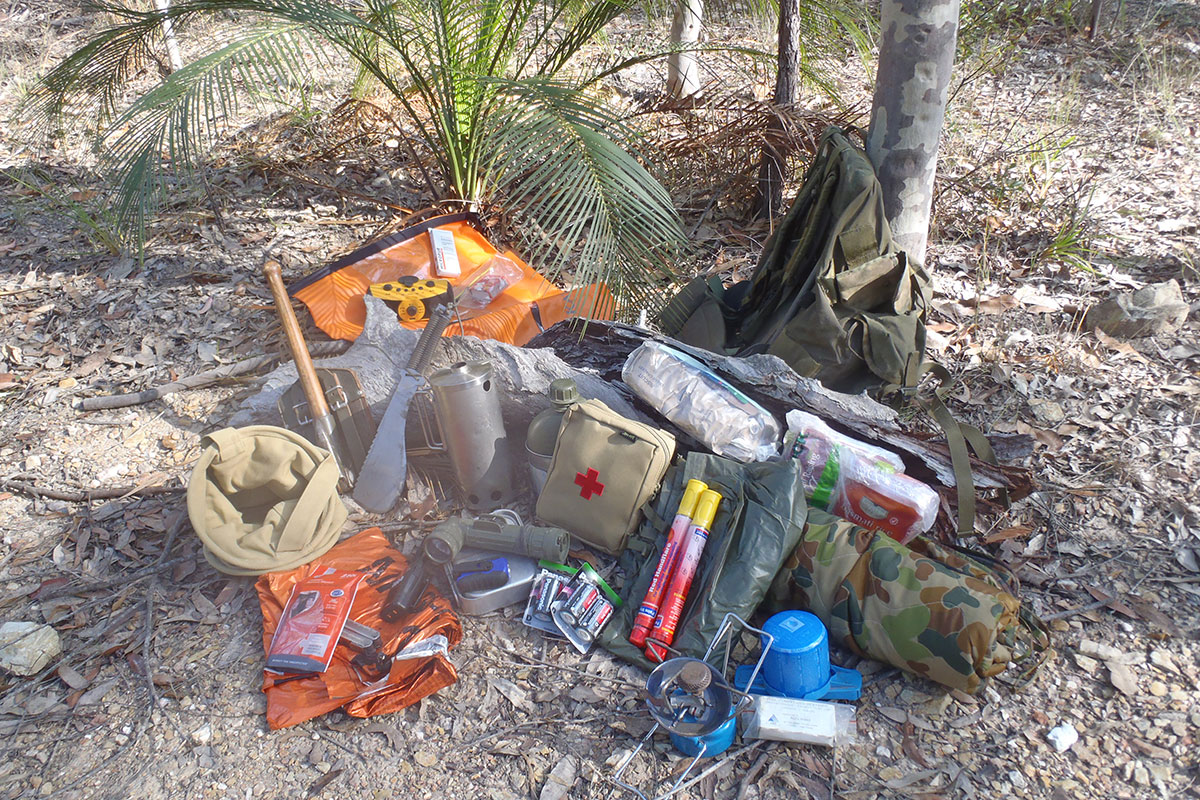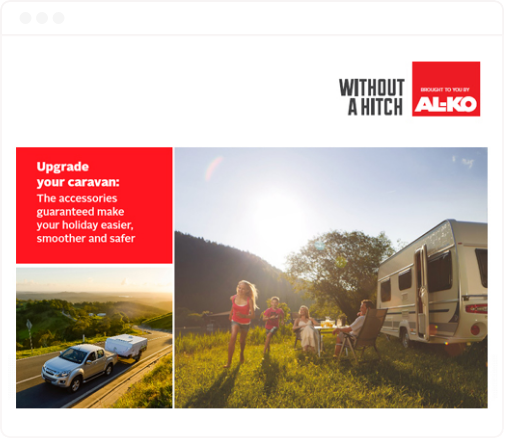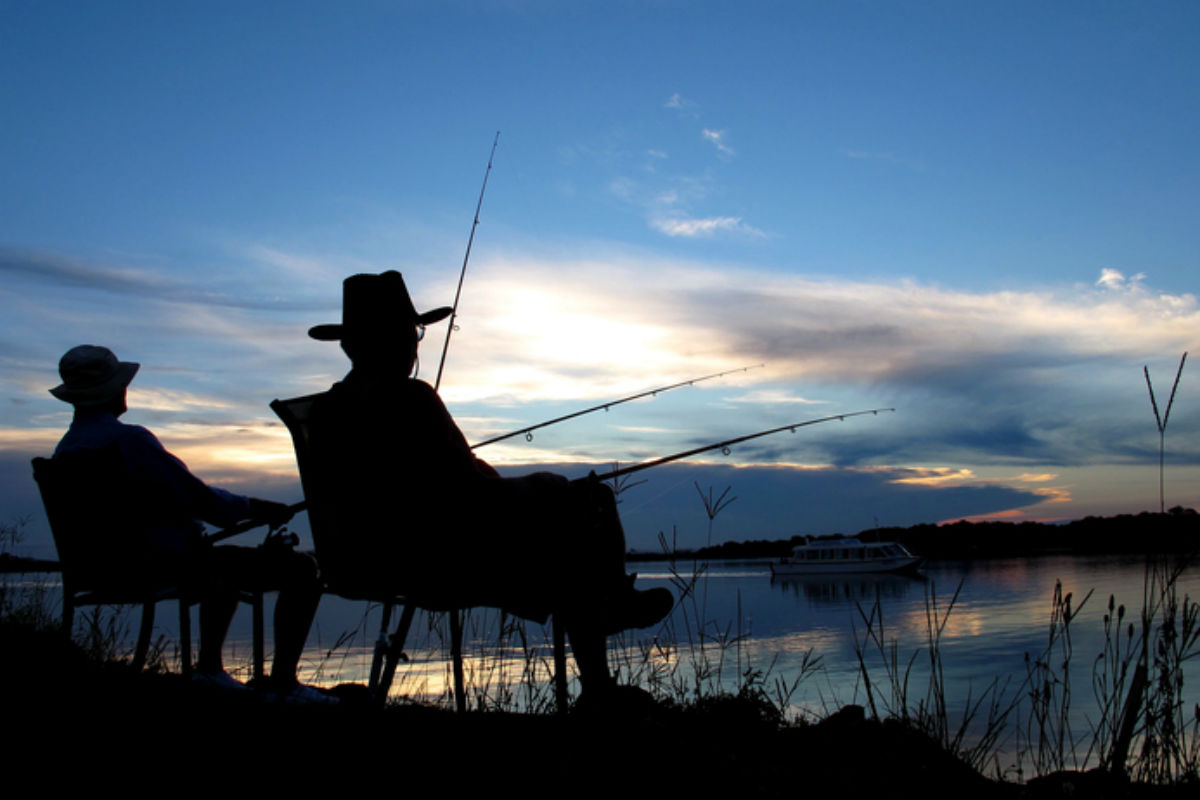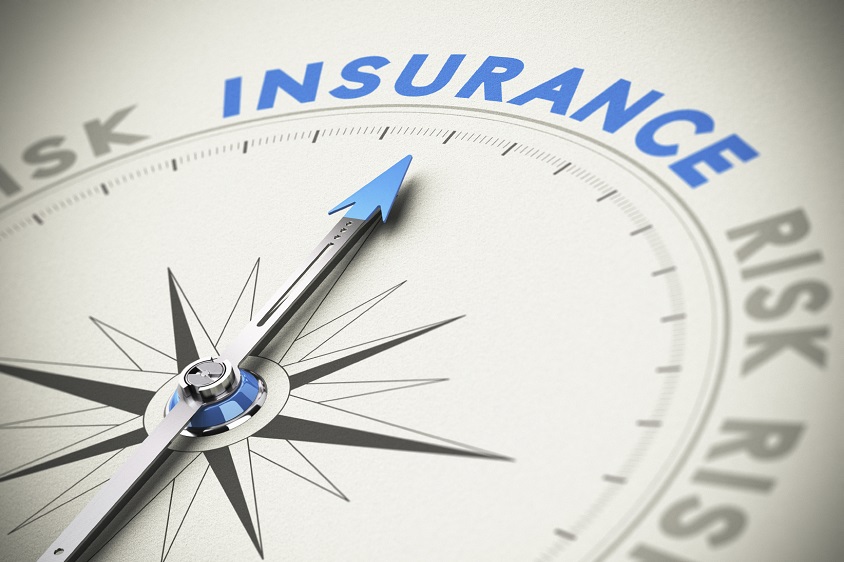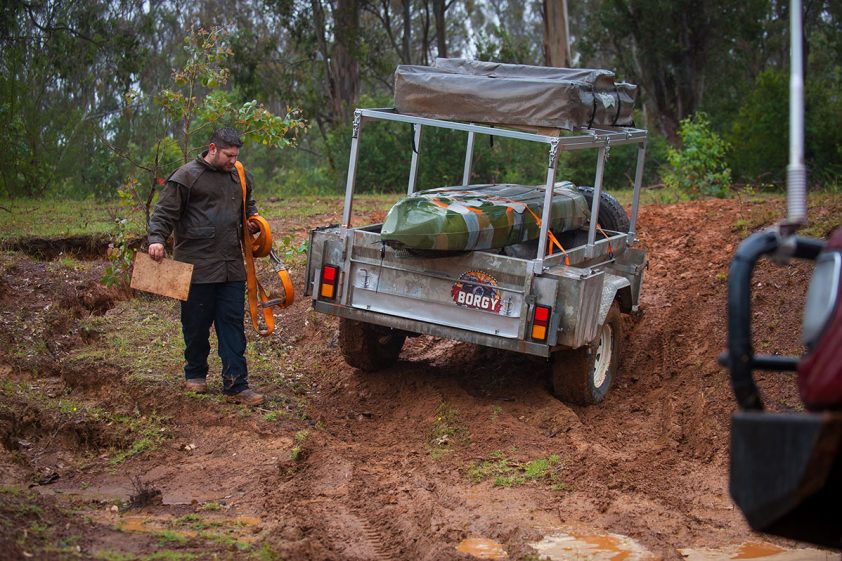PAPER MAP
An electronic GPS should always be seen as a secondary navigational aid – not your primary method. There’s no replacement for a good quality topographic paper map, which will tell you where the nearest water is, what the gradient of the land is like, and what terrain you can expect.
SURVIVAL KIT
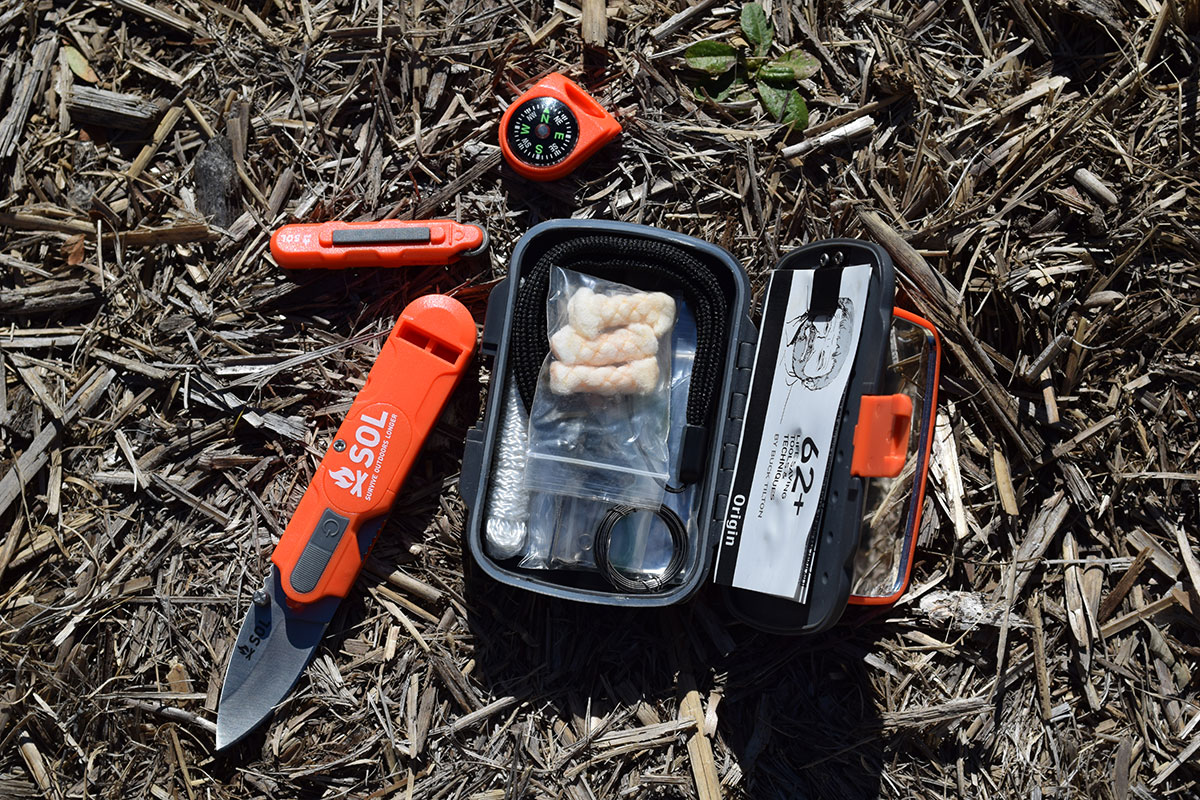
Everyone should carry a personal survival kit that is specifically adapted to the terrain you’re visiting. I try to make sure that whatever I carry has multiple uses, such as parachute cord which can be used for tying heavy items, as well as for fishing line or sewing thread (if you strip it back and use the internal fibres).
‘GET OUT OF DODGE’ BAG
Even the best prepared travellers can get into trouble. And it’s for this reason that I always carry a ‘Get out of dodge’ bag (otherwise known as a Bug-Out-Bag’) as well as my personal survival kit. This is a portable bag that contains additional supplies to sustain myself and the family for 72 hours. If it’s packed with everything you’ll need (think food, water, shelter, etc), it’s the only thing you need to grab in an absolute emergency.
PERSONAL LOCATOR BEACON (PLB)
![]()
This one is a given – I never leave home without one. Compared to the cost of your caravan or camper, a PLB is a pretty inexpensive bit of kit which provides huge peace of mind. The average rescue time once a PLB has been activated is between 12-24 hours (down from an average of 72 hours without one – once authorities are aware you’re missing).
THREE DAYS WORTH OF FOOD AND WATER
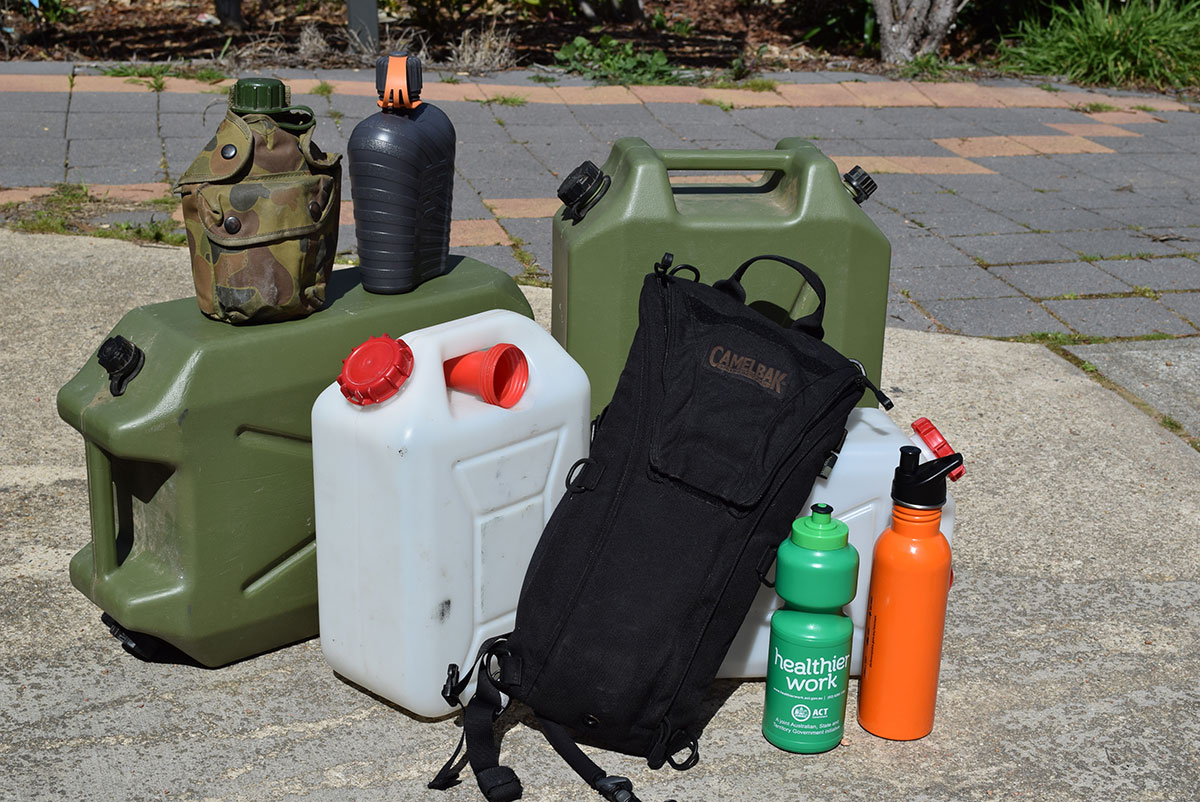
This is all about planning for the worst. I always carry water in at least three different containers (in case of leaks or loss) and basic, but practical food including one kilo each of rice and flour, plus emergency ration packs, salt and sugar (which can be used as emergency electrolytes).
HUNTER/GATHERER GEAR
If things do go from bad to worse and you find yourself stranded for a long period of time, or your food supplies start dwindling, you need to be able to provide for yourself and your family. This is where food harvesting, foraging, fishing and hunting come into play. The ability to source one’s own food offers a real sense of satisfaction. Depending on our destination, we often travel with fishing gear, firearms, and crab traps, etc.
APPROPRIATE CLOTHES
No matter where in Australia we’re travelling, long sleeves and long pants are a non-negotiable. They provide protection from bug, bites, scratches and stings, as well as from the sun and wind. A sturdy pair of boots, a broad-brimmed hat and a pair of gaiters are other essential items in our backpacks.
CANOPY CHAIR
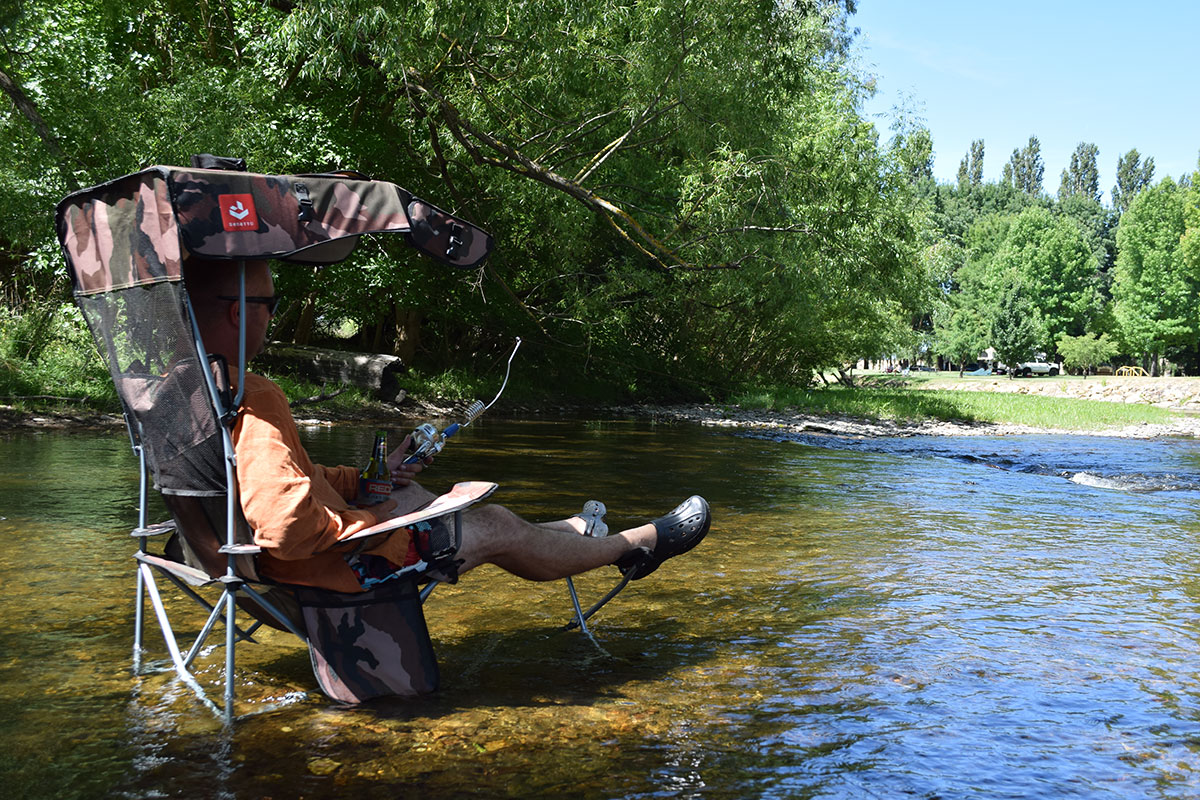
This is a rare luxury for us. While there are assorted camp chairs out there with all sorts of accessories such as drink holders, cooler bags, iPad holders and plush cushions, for us, a canopy beats them all. A chair with a canopy will shelter you from the sun, wind and rain.
A SENSE OF ADVENTURE
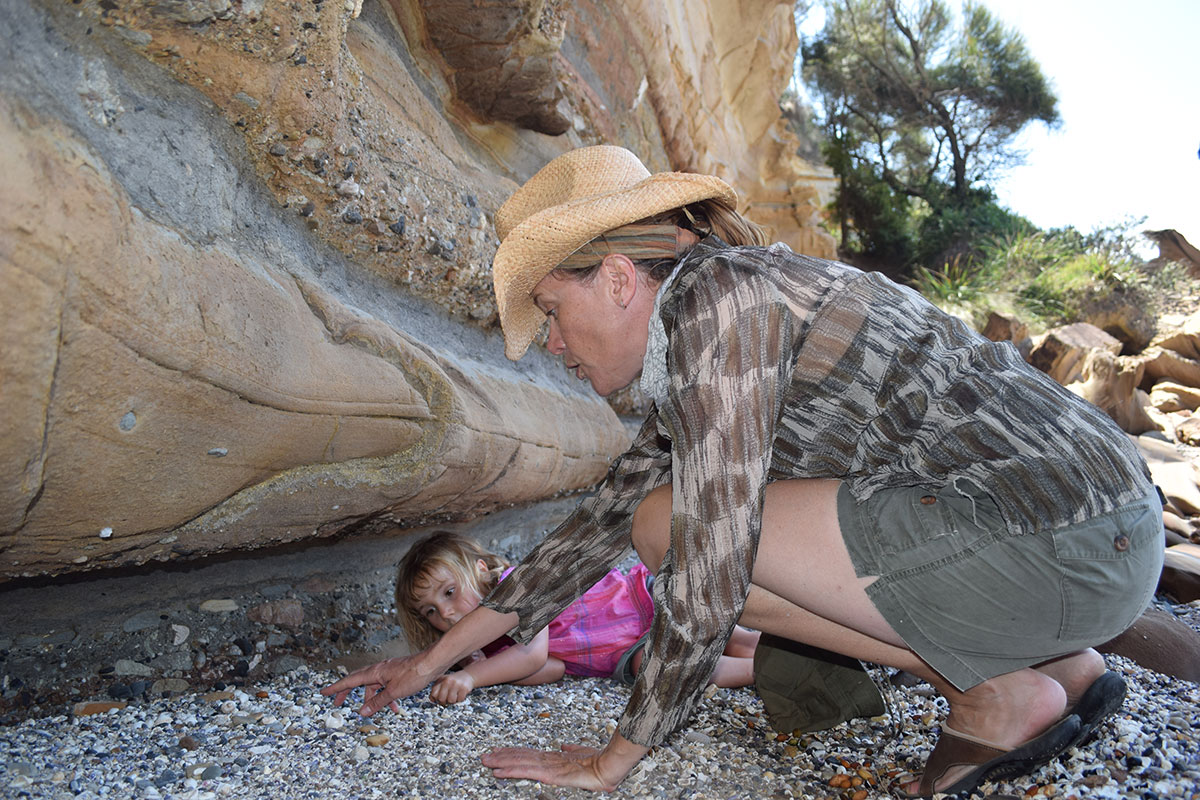
We all know attitude can make or break a trip away. So whether you like to stick to the blacktop, or get off it whenever possible, most travellers share a sense of wonder and excitement and that positive attitude could help give you the trip of a lifetime. You might be surprised at what you find!
GOOD COMPANY
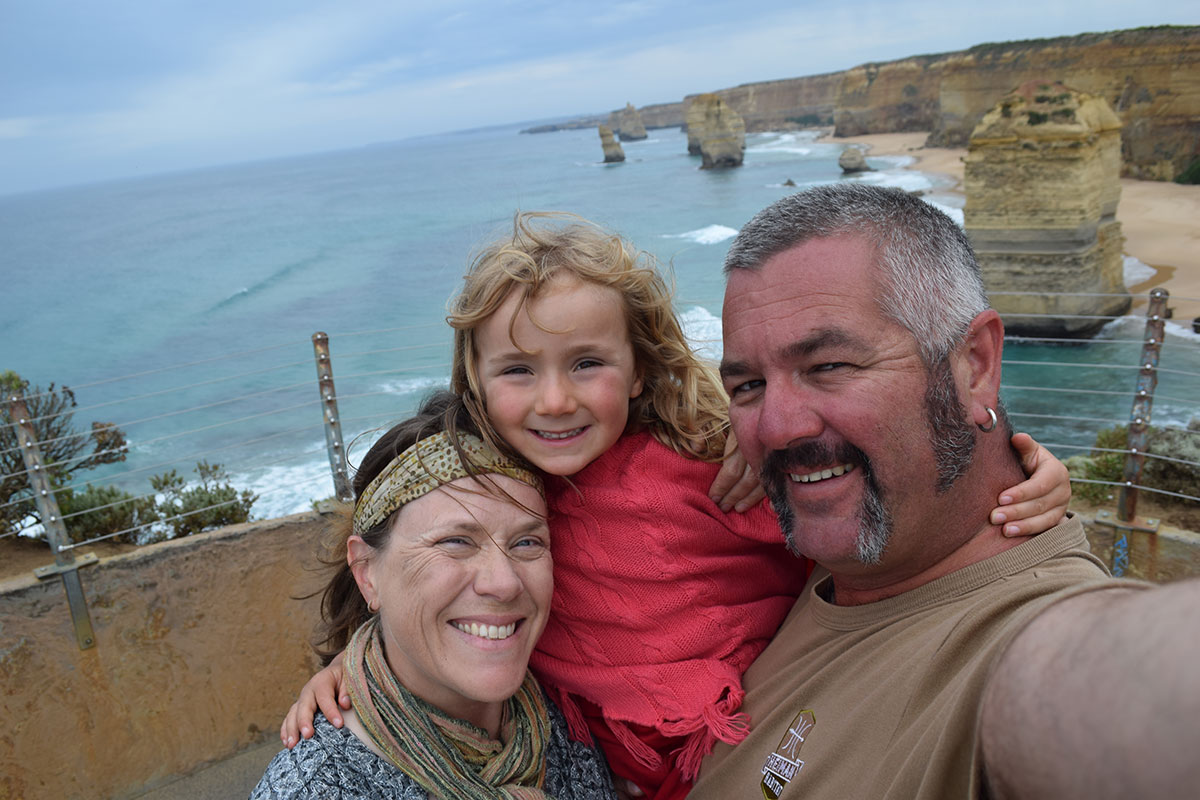
This might be the most important one of all. Not only do the right travel partners make any trip more enjoyable, they can also save your life or dig you out of a bog. Our rule of thumb is to never fish, 4WD, bushwalk, bird watch or hunt alone. And who doesn’t love sharing new experiences with family and friends?
MEET THE AUTHOR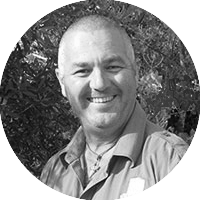
Scott Heiman
Scott is an Environmental Scientist with 25 years combined service in the Army and AFP. He is the Managing Director and Principal Consultant for Heiman Habitat. Combining his skills and professional experience, Scott is a freelance writer and consultant focusing on issues relating to environmental management, bush-craft, remote area operations and camping.

